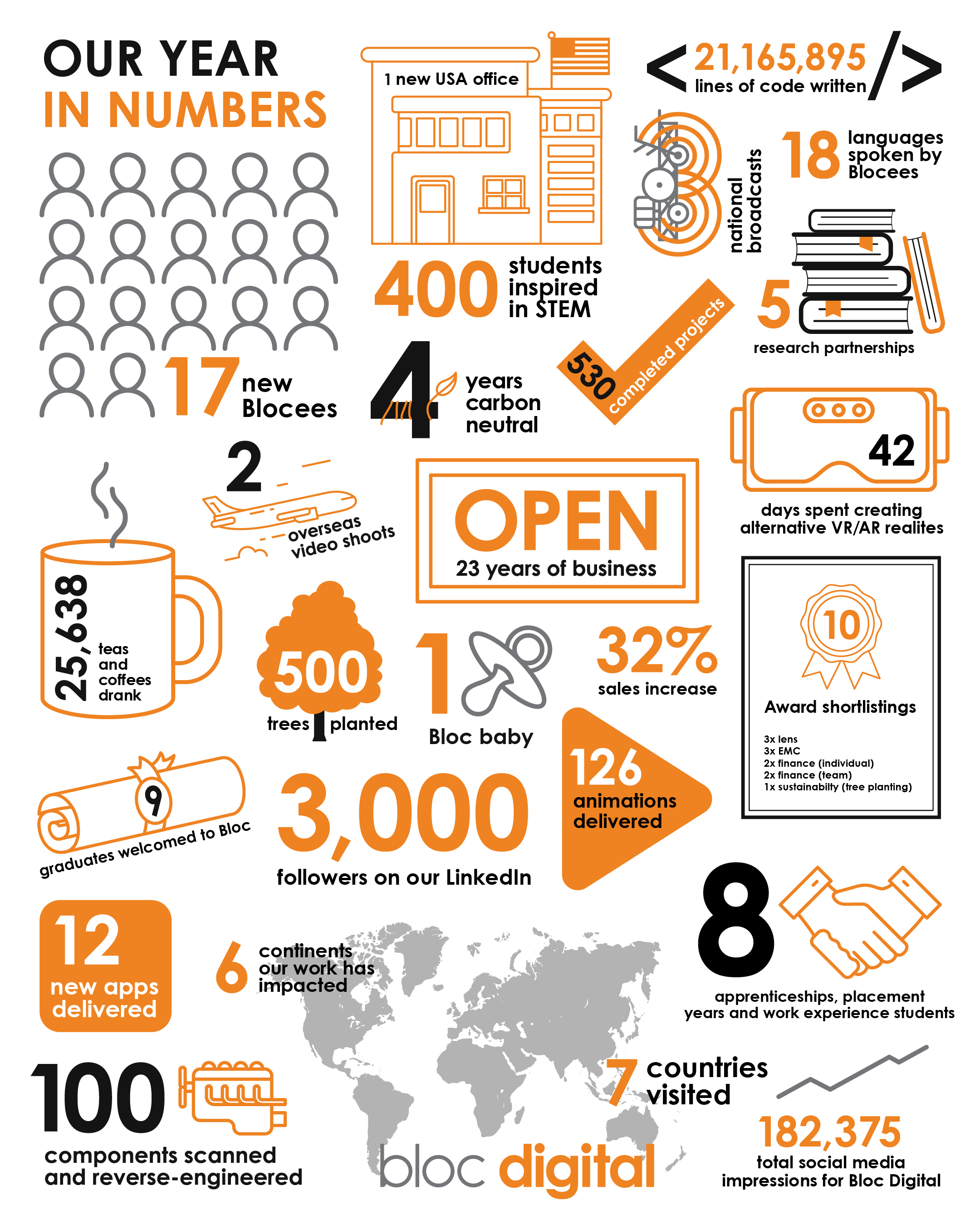‘Deal’ing with Rail Sector Data: Supply Chain Capability Mapping
We’ve been supporting the promotion of rail overseas with our big data analytics.
It's been full steam ahead for rail sector improvement in the UK...
In 2018, a record 1.76 billion passengers, and over 17 billion tonne-kilometres of freight were carried by rail in the UK. In that same year, the government also launched the “Rail Sector Deal”. A £48bn pledge that aimed to support industry growth and help give momentum to the rise of rail in the UK – strengthening its power as a long-standing economic asset for the country. It would enable private organisations to upgrade infrastructure, increase punctuality, and improve the reliability of transport across the nation… its introduction marked a cornerstone of commitment, and a push for the greater use of digital technologies. All with the intent to position the UK as a world leader in rail technology - it would also boost workforce skills and exports.
As part of the Rail Sector Deal, the government promised to deliver a “Supply Chain Capability Map” to help promote UK rail overseas and support targeted investment to further the progression of the UK’s already world-leading rail industry. Guided by government and industry players in the Rail Supply Group, Bloc Digital were chosen to produce this capability map.
As part of the Rail Sector Deal, the government promised to deliver a “Supply Chain Capability Map” to help promote UK rail overseas and support targeted investment to further the progression of the UK’s already world-leading rail industry. Guided by government and industry players in the Rail Supply Group, Bloc Digital were chosen to produce this capability map.
On the right track: Bloc Digital helps the UK rail industry!
Combining industry and government data with big data processing techniques, automatic web-data extraction, and high-quality visualisations, Bloc delivered a highly regarded toolset which is already delivering benefits for users in the UK – namely the Government’s Department for Transport (DfT) and Department of International Trade (DIT).
The Capability Map allows users in government and industry to quickly and accurately answer key questions surrounding the capabilities of UK rail based on the results from two main tools: the Company Search Mode and Statistics Mode.
The Capability Map allows users in government and industry to quickly and accurately answer key questions surrounding the capabilities of UK rail based on the results from two main tools: the Company Search Mode and Statistics Mode.
Mode 1:
The Company Search Mode allows users to view a searchable, filterable list of all known rail industry suppliers in the UK. Think of it like Amazon but for the railway… Users can search for specific companies or filter the entire list based on factors such as trade category (e.g., rolling stock manufacturers, financial organisations, or providers of passenger information services), company size, or UK region. Additionally, filters and searches can be combined to answer more complex and specific questions, for example: “Show me all companies specialising in commercial activities, with fewer than 50 employees, based in the Midlands”. Results are shown in both table and map formats – and can be exported to Excel for further investigation and usage.
The Company Search Mode allows users to view a searchable, filterable list of all known rail industry suppliers in the UK. Think of it like Amazon but for the railway… Users can search for specific companies or filter the entire list based on factors such as trade category (e.g., rolling stock manufacturers, financial organisations, or providers of passenger information services), company size, or UK region. Additionally, filters and searches can be combined to answer more complex and specific questions, for example: “Show me all companies specialising in commercial activities, with fewer than 50 employees, based in the Midlands”. Results are shown in both table and map formats – and can be exported to Excel for further investigation and usage.
Other features include the colour coding of companies according to which trade categories they belong to. This allows users to find potential partnership opportunities using the map. For example: there are no companies listed which build both body shells and wheelsets. Using the search tool, we can see there are several companies in the South East offering one or the other, but a pair of companies in Maidenhead however offer both services within half a mile of each other.
Mode 2:
Statistics Mode allows users to see a breakdown of turnover and employment statistics within the industry – and the capability to narrow down these statistics based on company size, region, trade category, etc. Users can therefore see which particular business categories provide the most economic benefit, and in turn, this highlights key areas across the nation that could be ideal for targeted investment in struggling sectors. The ability to break down employment by area is also useful as it visualises deprived regions, thus demonstrating which areas could be advantageous for the Government’s “Levelling Up” agenda. For example, the view below shows that very little rail industry turnover is present in Wales and Northern Ireland.
The Statistics Mode also enables the user to highlight one aspect of the visualisation so they can then compare it to the others. For example, the user can filter the view to see only those companies which produce signalling, control and communications equipment. They can then select only those companies with fewer than 250 employees (using the “Jobs by Company Size” graph), and see that such employers are particularly clustered in the East Midlands (on the “Jobs by Region” graph) – suggesting that this particular region has strong industrial ties.
With Statistics Mode users can also view a breakdown of companies by whether or not they are known to export… facilitating those at the Department of International Trade with the information to target investment in regions and business categories that may be underperforming from an export perspective.
Last stop: Data Solution Delivery
This Big Data project is a prime example of our analytics and data visualisation skills in use – utilising our know-how to help rail industry growth. The Rail Supply Chain Capability Map was delivered in April 2022 to the Rail Supply Group, Department for Transport, and Department of International Trade.
Could your business or industry data do with some organisation? Contact our data team for more information and insights.
Could your business or industry data do with some organisation? Contact our data team for more information and insights.





